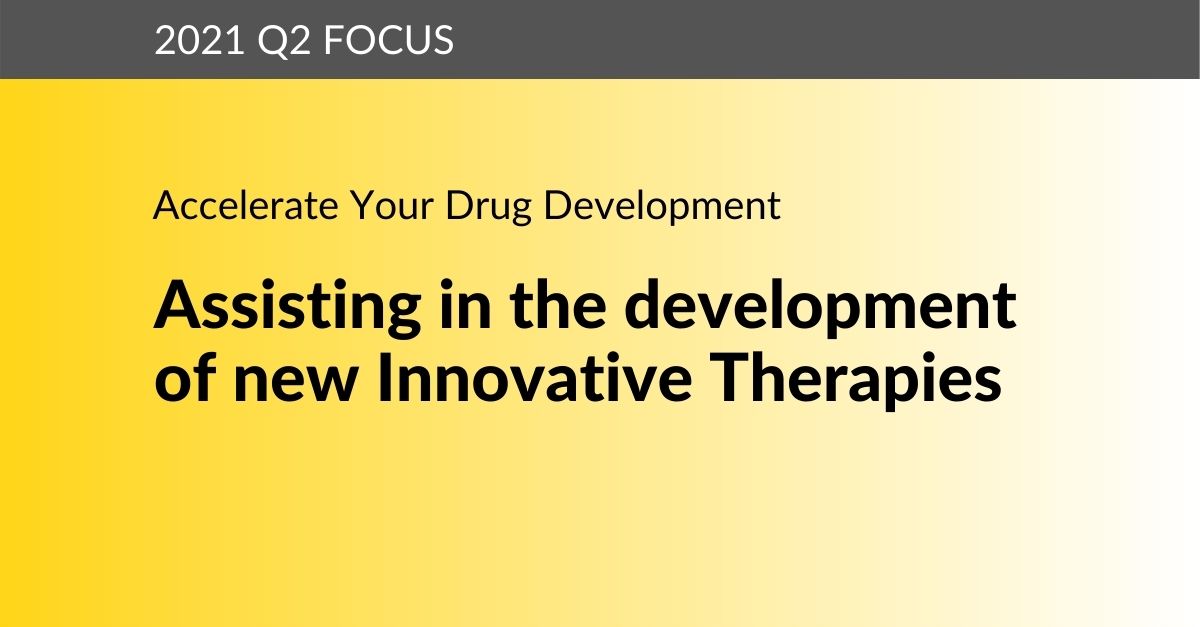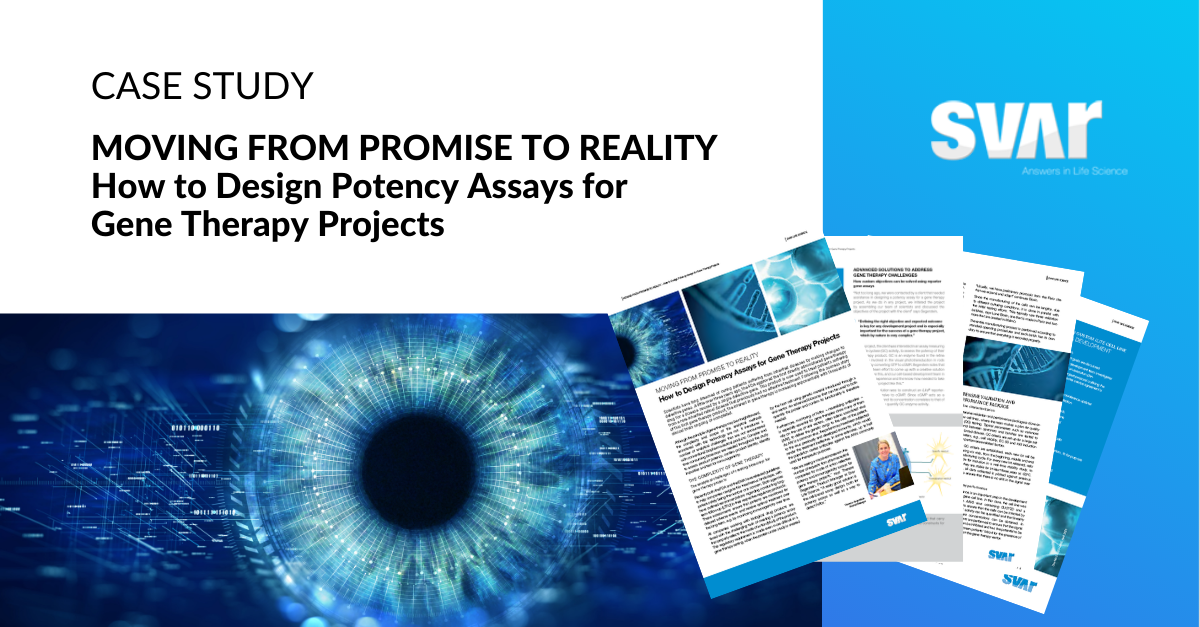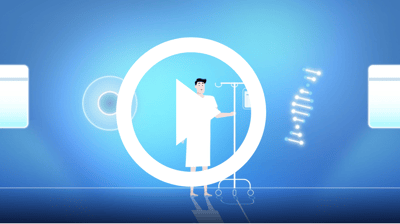- Other Products
- CCP
With new technologies come new challenges in drug development - to ensure safety and efficacy of new drugs novel assays are needed


With new technologies come new challenges in drug development - to ensure safety and efficacy of new drugs novel assays are needed
We are entering a new era in medicine where the “one drug fits all” of old is being replaced by custom-made personalized medicine and new ultra-sensitive non-invasive diagnostics. Instead of just treating the symptoms, advances in cell and molecular biology have yielded therapies that can be used to treat the root cause of the problem.
In gene therapy, a functional copy of a gene can be introduced into the cells of the patient to compensate for a dysfunctional gene. Biological drugs based on monoclonal antibodies can be used to target specific molecules with great precision. New innovations within this field have led to a new generation of immune-based therapies, such as CAR-T cell therapy and bispecific antibody-based therapies. For these therapies, genetic engineering is used to improve the effectiveness of the drugs against some of the most devastating diseases.
However, with these new technologies come new challenges in drug development. Novel assays are needed to ensure the safety and efficacy of these drugs. Find out how we at Svar Life Science can take on some of these challenges using our unique product and GLP, GCP and soon-to-be GMP compliant service portfolio. We will also address some of the improvements in diagnostic tools that allow non-invasive monitoring of biomarkers at previously non-detectable levels.

In this downloadable case study, learn how Svar Life Sciences' iLite® cell-based reporter gene assays can help meet the analytical challenges of creating bioassays for gene therapy projects.
What is it?
Chimeric Antigen Receptor T-cell (CAR-T) therapy is a promising cancer immunotherapy in which a patient’s T-cells are genetically modified in the laboratory to recognize and destroy cancer cells. It has emerged as a promising therapy for the treatment of hematologic malignancies and additional tumor-associated antigens, such as PSMA, mesothelin, GD2, HER2, and epidermal growth factor receptors.
How can we help?
We offer customer-specific cell-based iLite® reporter-gene assays for consistent and reliable quantification of T-cell activation. These assays reflect the Mechanism of Action (MoA) of therapies, such as CAR-T, that function by activating T-cells to recognize and destroy cancer cells.

Watch the video to find out how the iLite® Technology can help move the promise of gene therapy to reality.
What is it?
As an essential part of the innate immune response, the complement pathway plays a vital role in the defense against pathogens. It is an indiscriminatory first response against any foreign structures in our body, and it is therefore not a surprise that since 2007 when the first Complement targeting drug was launched, numerous others have been marketed. An important field of development in new drug therapies, the Complement target has been linked to many different conditions and diseases across the range, and as more details are revealed about the pathway, new potential treatments are being discovered.
How can we help?
Svar has great knowledge and experience in Complement related assays through our Wieslab Complement assays, used for functional assessment of each “arm” of the pathway – each of the three activating pathways, as well as the terminal pathway. These assays as well known around the world, where a few of them do not have any competitor equivalents at all. In addition to this, we also have target specific assays for C4d and C5a, and many other and unique assays in our pipeline.
Learn more